My wife and I were looking for a winter trip that didn’t involve freezing temps nor carrying heavy packs when we stumbled upon the Pekoe Trail. This 300 kilometer trail winds through the Central Highlands of Sri Lanka, traversing through lush tea plantations, and taking in some of the country’s best scenery. The trail is starting to get some attraction and major raves, with National Geographic putting it on its Best of the World 2024 list, and other publications calling it a must-do hike or best new alternative travel journey, but as the trail is only 3 years old, when we did it in January of 2025, we were only the 48th and 49th people to complete a thru hike on it, and we saw virtually no other hikers the entire time we were out. Combining this solitude with traveling in a gorgeous landscape that has not seen much tourism, we had a wonderfully genuine and authentic experience while getting our miles in, something that is becoming harder to find these days, with distance walking gaining so much popularity.
Of course it wasn’t all perfection. The tea estates snuggled into the misty highlands are so vividly green because they get plenty of moisture, and it being a La Niña year, it turned out to be an abnormally wet January, meaning we were hiking in the rain 80% of the time. Even up at 6,000 feet, the Sri Lankan highlands are subtropical, meaning it was mostly too hot to wear rain gear, so our trusty Six Moons umbrellas got a lot of use. And of course, in the tropics, lots of moisture in the forests usually results in lots of leeches. My wife, fellow Six Moon Ambassador Raquel Mogado, had stayed away from leech hiking all of her adult life, after unpleasant memories of encountering them as a kid, and on our second day out, traipsing along an exposed muddy track in the pouring rain, she was ready to go home after we spent every fifteen minutes trying to flick off the dozens of leeches that were attacking not only our feet, but even our necks as we climbed up through the forest.
By the fourth day, we’d learned that dousing ourselves in salt as well as a local salve seemed to solve much of the problems, and by the end of the week, a few leeches making their way up our pant legs seemed to be par for the course. The rain, of course, continued, but as we’d learned during our 6-month hike on the Pacific Crest Trail, you “embrace the suck,” meaning that even being out in the worst of conditions is often better, or at least far more “alive” than sitting in front of the computer or in an office.
The Pekoe Trail is divided into 22 sections, almost all of which have accommodations at their start and finish in either in local homestays, guesthouses, or even boutique properties on tea plantations, meaning you don’t need to carry a tent, and can obtain meals, meaning you don’t need cooking equipment. Sri Lankan food is generally fabulous, with spicy rice and curry and abundant fresh vegetables being staples. Thus we carried little save for clothing, first aid, some camp shoes, and our Kindles.
My go to pack for all my non multi-day camping gear adventures is my Wy’East. This 30 liter day pack is made of rugged 210 denier Robic, so it can handle forays through brush and jungle, it features a removable sit pad and hydration sleeve, there’s an interior zip pocket to stash your keys and valuables, and it has a wing belt that makes it far more comfortable to fit than many lightweight packs that omit any kind of real hip belt for balancing loads and weight distribution. At 25 ounces, it’s light enough, and can handle up to 15-20 pounds pretty handily. It’s also got a large enough outer stretch pocket and attachment loop that I have even been able to use it on full-gear trips that were short, where I didn’t need to carry much food.
While places like the Lipton Seat, where tea baron Sir Charles Lipton used to gaze out on his estates, are hopelessly packed with tour groups and charge entrance fees, we had comparable or better views without the crowds or cash pretty much every day. We straddled a ridge up above the Bogawantalawa Valley, known as the “Golden Valley of Tea” for its fertile soil and perfect tea-growing climate, where we had views out to iconic Mount Adams, a triangular sacred mountain that purports to have a footprint of the Buddha on top, on one side, while below us were endless miles of terraced tea bushes.
On all these trails we were alone, save for groups of jovial Tamil women who were out picking tea, regardless of the weather. The Tamil workers here are the backbone of the industry, earning a pittance for backbreaking difficult work out in the elements. Workers here are the third generation of Indian Tamils who were brought here by the British when they started tea estates in the late 1800s. The workers get paid 60 rupees per kilo and harvest about 20 kilos per day, which works out to just a little over $4. Although they do get bonuses, plus in many places housing, food, and there are schools on the estates for their kids, it’s still an arduous life, and actually one that might not have a future, as young Tamils today are leaving for better paid or less demanding work. Indeed, the majority of the pickers we encountered were groups of mainly older women.
Despite the conditions, they were painstakingly friendly and welcoming, and often amazed to see foreigners walking the high trails through the estates. They would often ask us what we were doing, completely astonished when we said we were walking for 300 kilometers. The arrival of a foreigner, let alone one carrying a pack in the rain, made for great gossip, and an excuse to stop picking for a few minutes, ask us about our journey, and why on earth we were out hauling weight in the rain when we weren’t even getting paid for it!
The warm local hospitality, both on and off trail, made the Pekoe Trail especially enjoyable. We stayed in a homestay at the top of a tea estate where the owner invited us to his father’s home, a 100+ year-old former manager’s bungalow, where we were served spicy jackfruit curry along with 4-5 other mouthwatering dishes. Another night, we stayed in a working tea factory, where tours and samples of the different grades of tea were part of the stay.
Often shrouded in the mist and drizzle, the villages and landscape here were like something out of a Lord of the Rings scenario, with every shade of green being encapsulated in each distinct valley. If you’re looking for a unique 2-3 week walk during the winter months, far from the maddening crowds, put the wonderful Pekoe Trail at the top of your list.


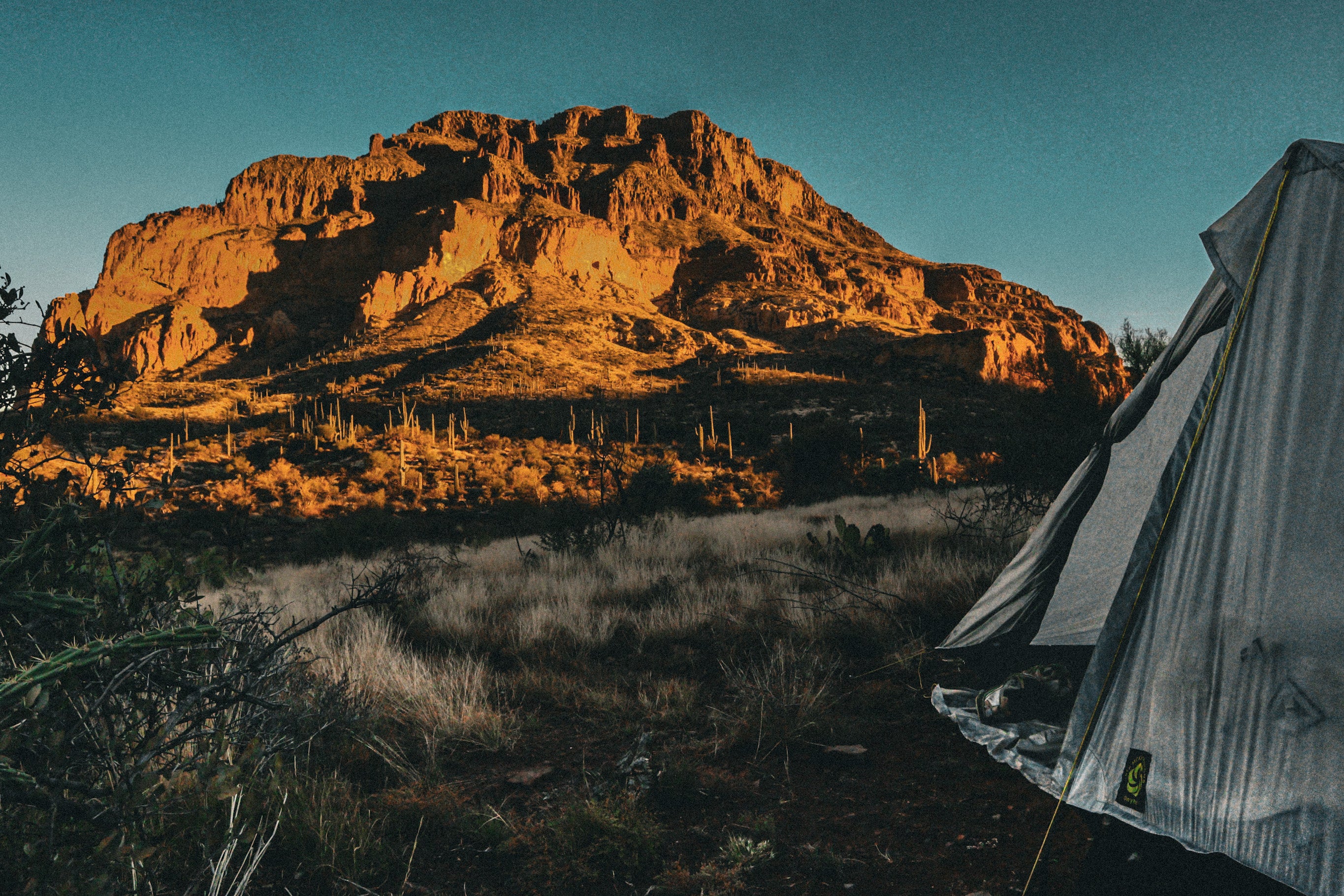
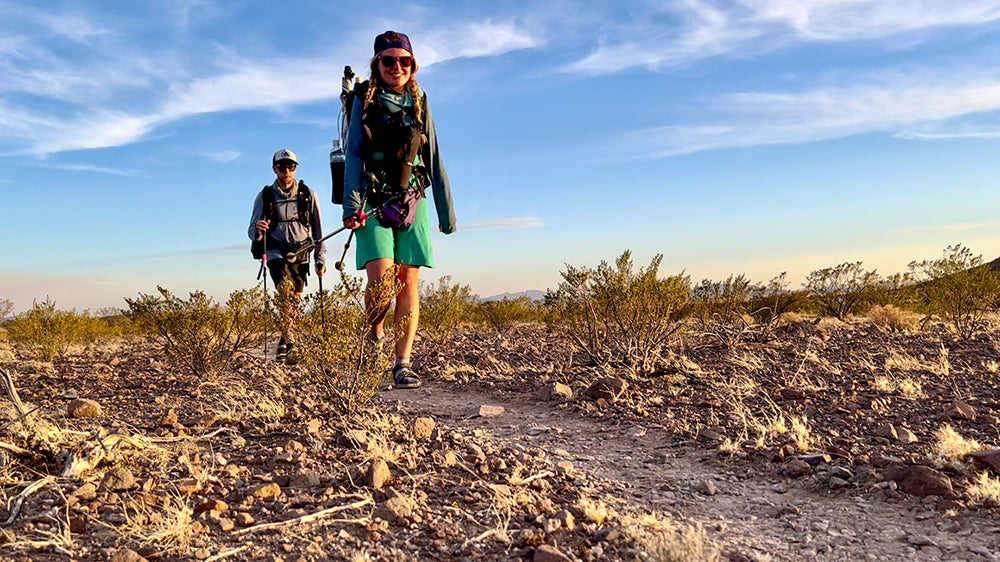
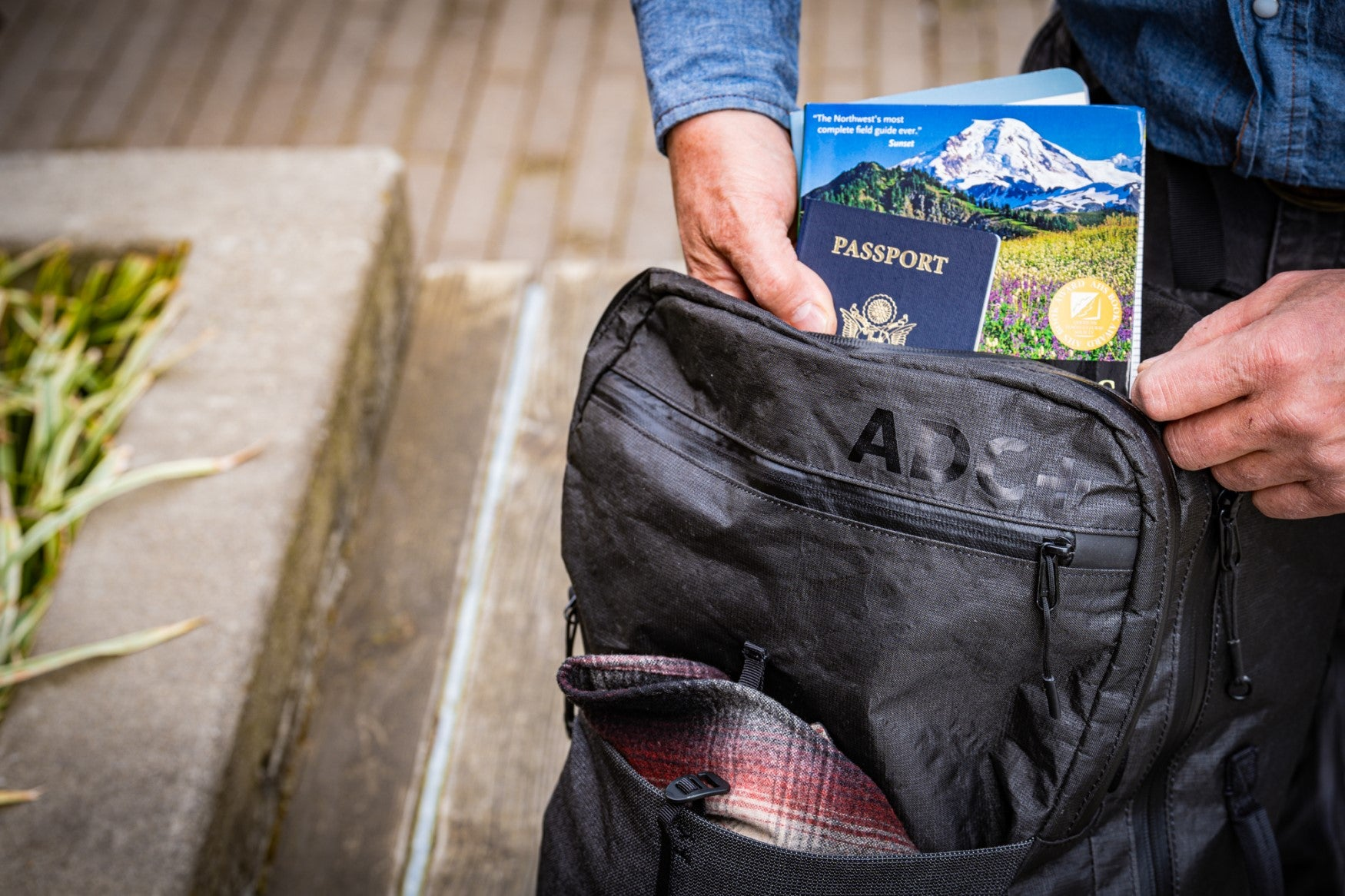
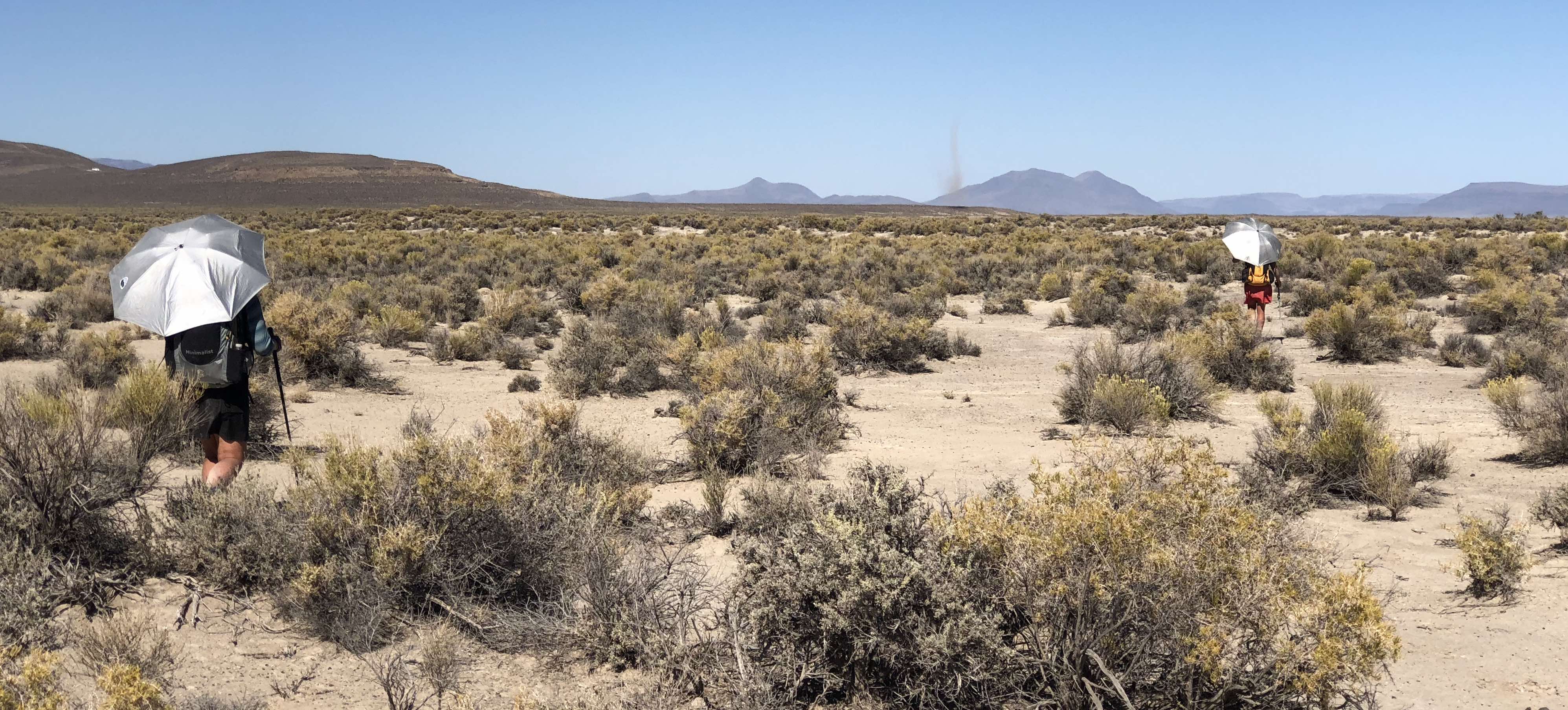
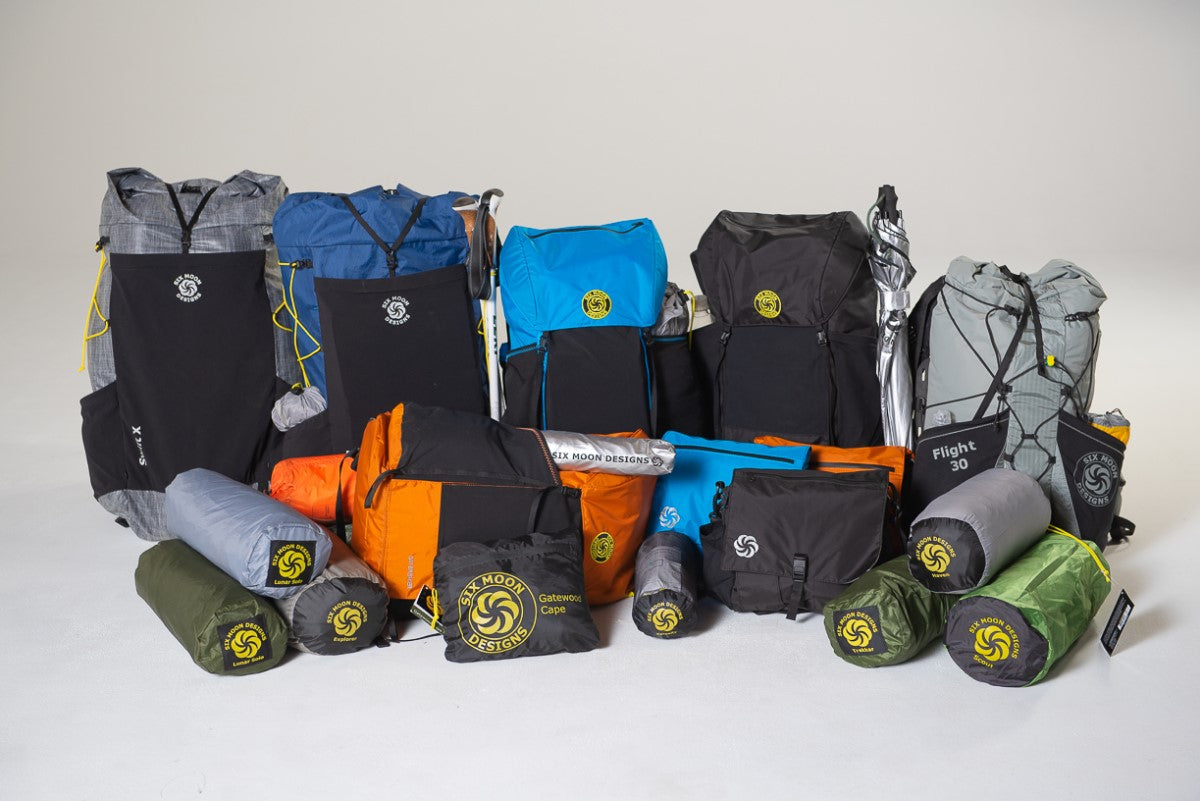
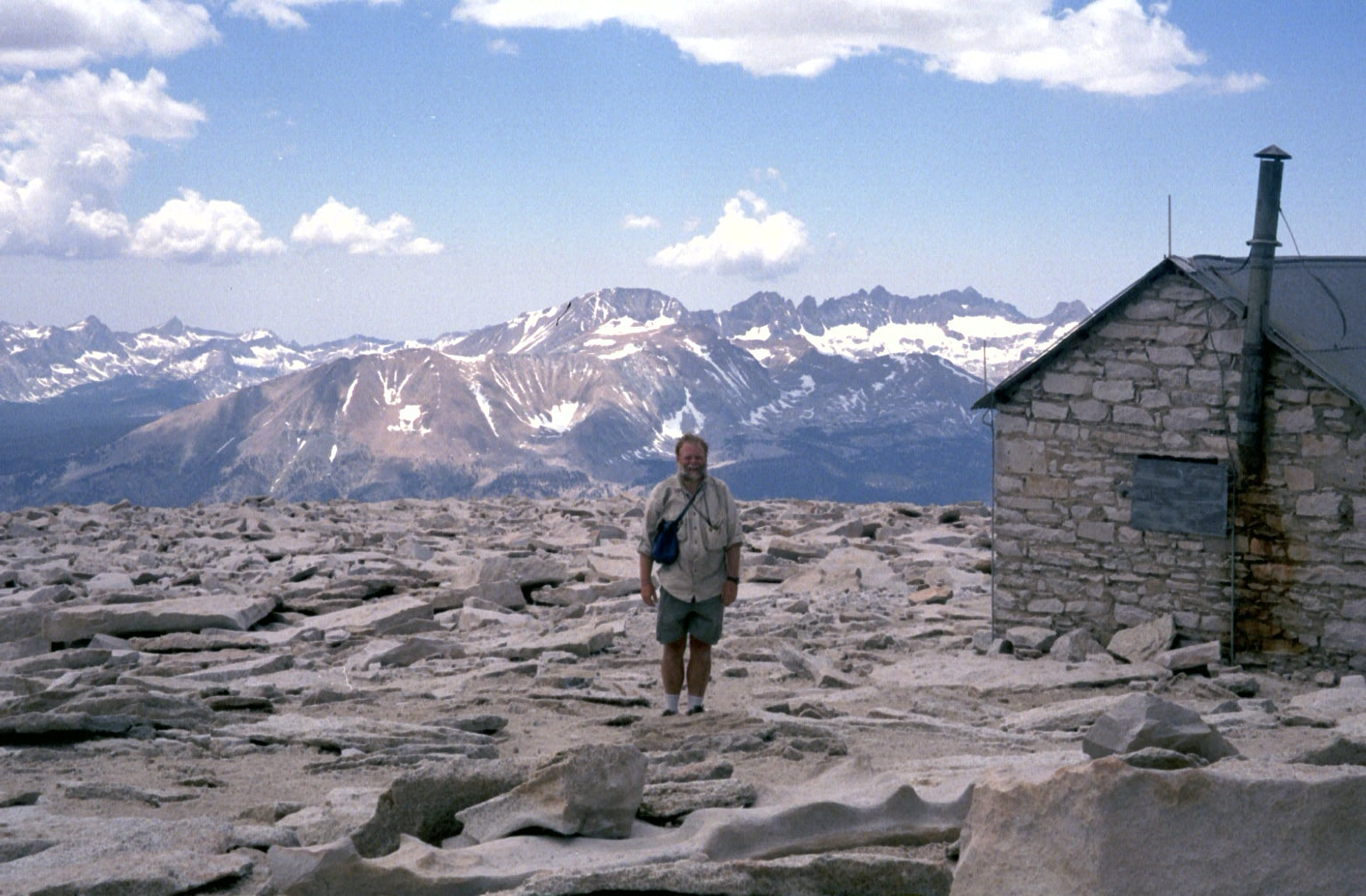
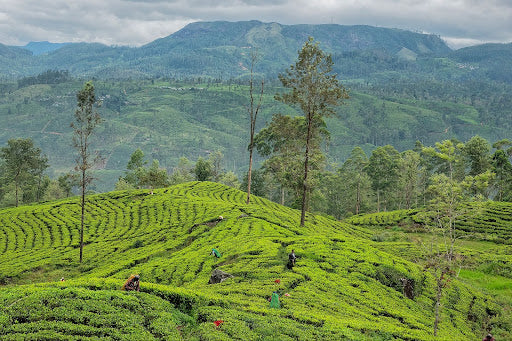
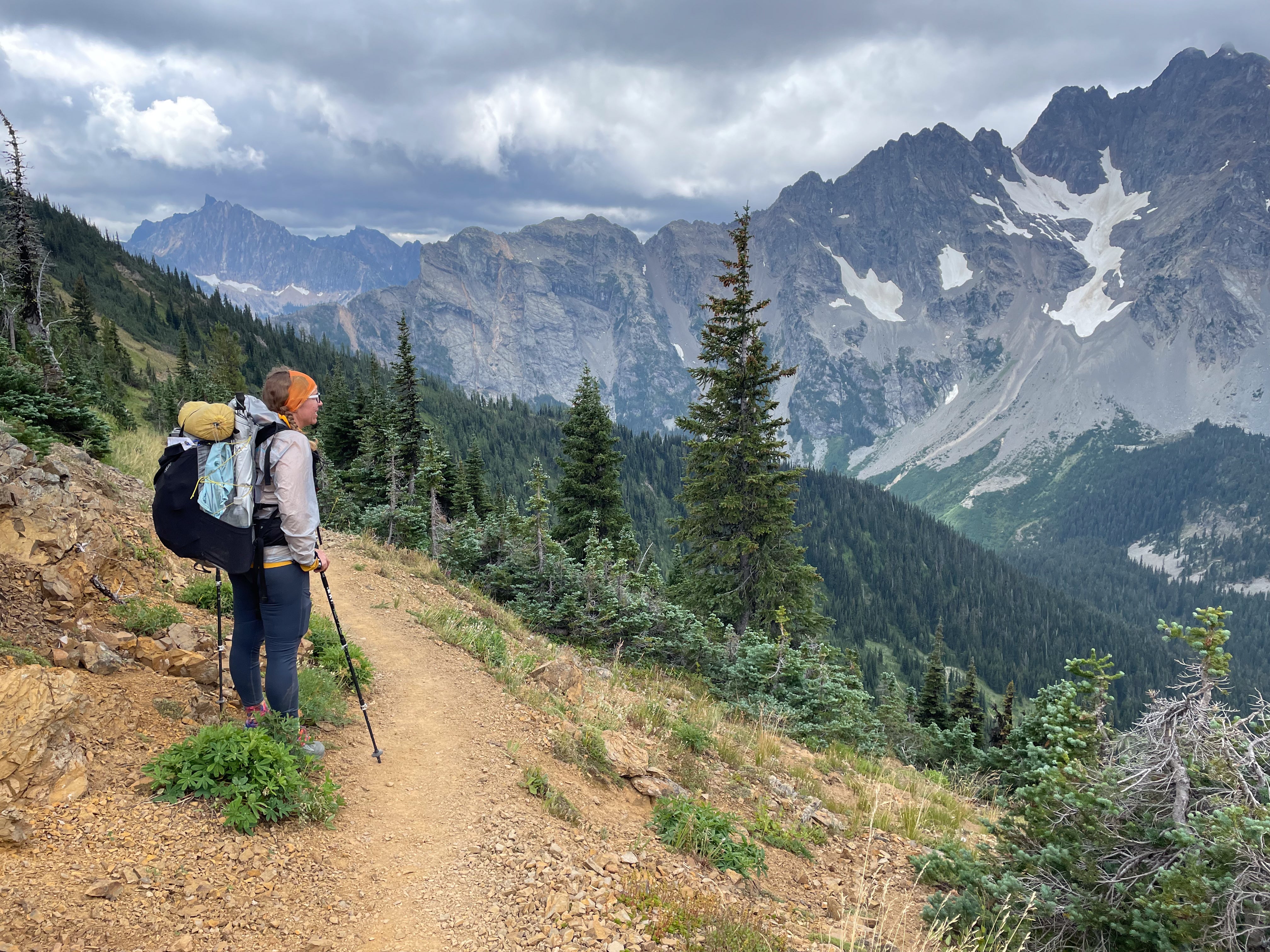
Leave a comment
This site is protected by hCaptcha and the hCaptcha Privacy Policy and Terms of Service apply.